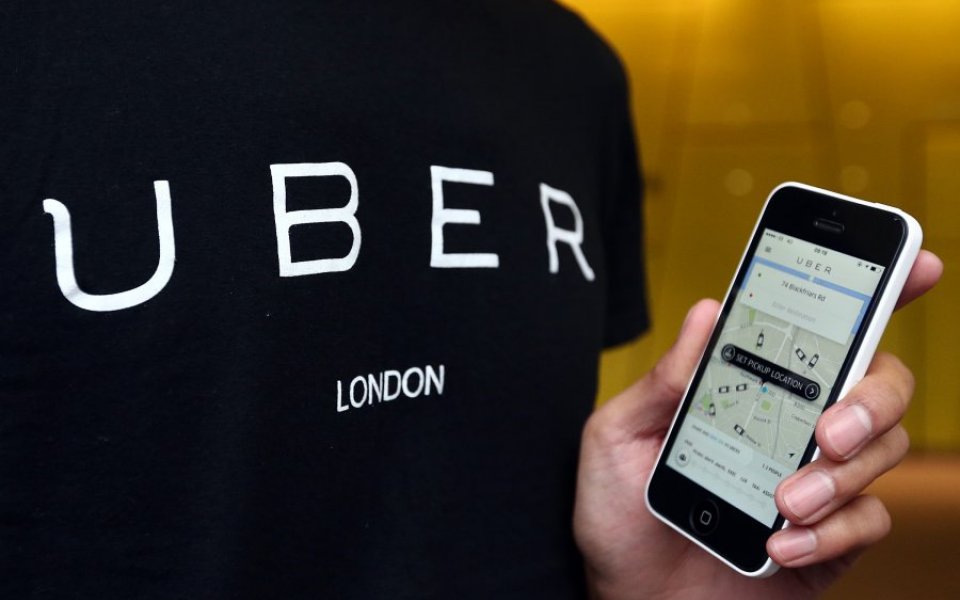This $2m report just killed calls for a limit on Uber driver numbers

Uber has been delivered a boost in London after a new report concluded the taxi-hailing service has little effect on city congestion.
The report, quietly published on a Friday before a public holiday, ended previous attempts by New York mayor Bill de Blasio and City Hall to cap for-hire vehicle numbers in the city.
It comes amid similar calls by the London mayor Boris Johnson and black cab drivers to limit the number of minicabs in the UK capital, including Uber.
The long-delayed 12 page report costing $2m recommends against a limit on Uber's operations in New York City, and other similar services such as Lyft. Produced by McKinsey and a former New York transport official, it concludes increased freight movement, construction activity and a growth in population are behind city congestion.
Read more: Cab drivers crowdfunding to take on Uber
“This is a very interesting study and we hope the Mayor of London will read it carefully," said an Uber spokesperson.
“In London the facts show that millions of cars and vans drive on the capital's roads each day but at any one time just 4,000 are with Uber. In the congestion zone during charging hours Uber accounts for less than three per cent of the traffic."
Johnson and London's black cab drivers have argued that the rise of Uber has contributed to a rise in congestion on the road. The number of private hire vehicles on London's roads has risen by around 20 per cent between 2014 and 2015 to 78,000 as of summer last year.
The latest research by rival Addison Lee found the number has jumped 56 per cent in the last two years causing journey times to jump by 10 per cent.
Johnson had not responded to a request for comment at the time of publication.
The issue of driver numbers is part of a wider row over Uber operations in London. Its regulation in London, aside from capping numbers, is overseen by Transport for London. The results of a consultation which will inform new rules on its operations are currently being looked at by TfL.